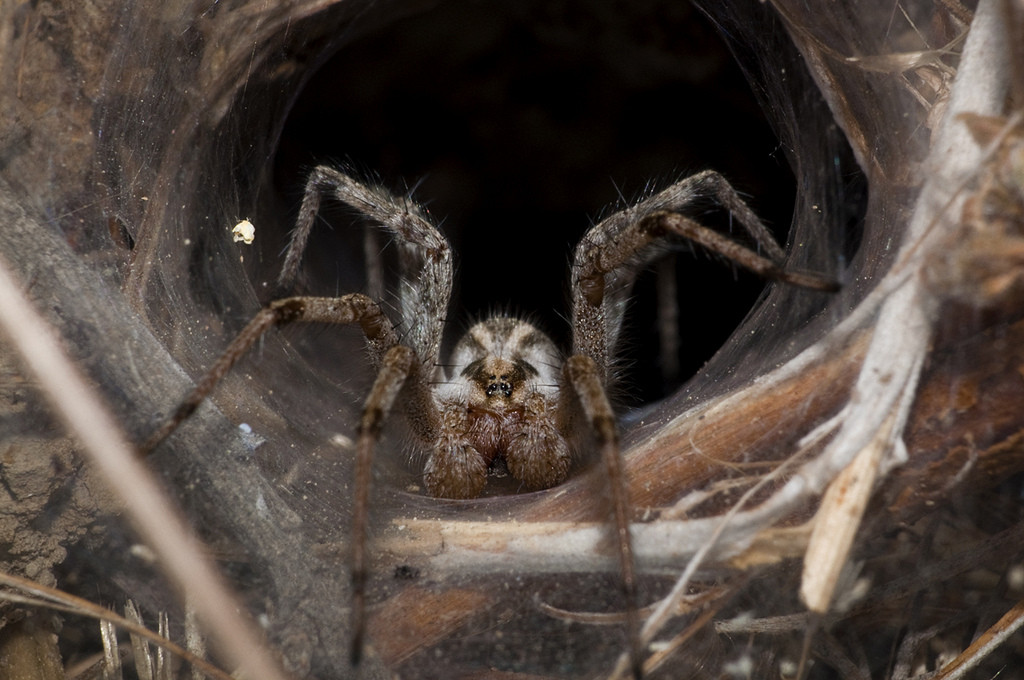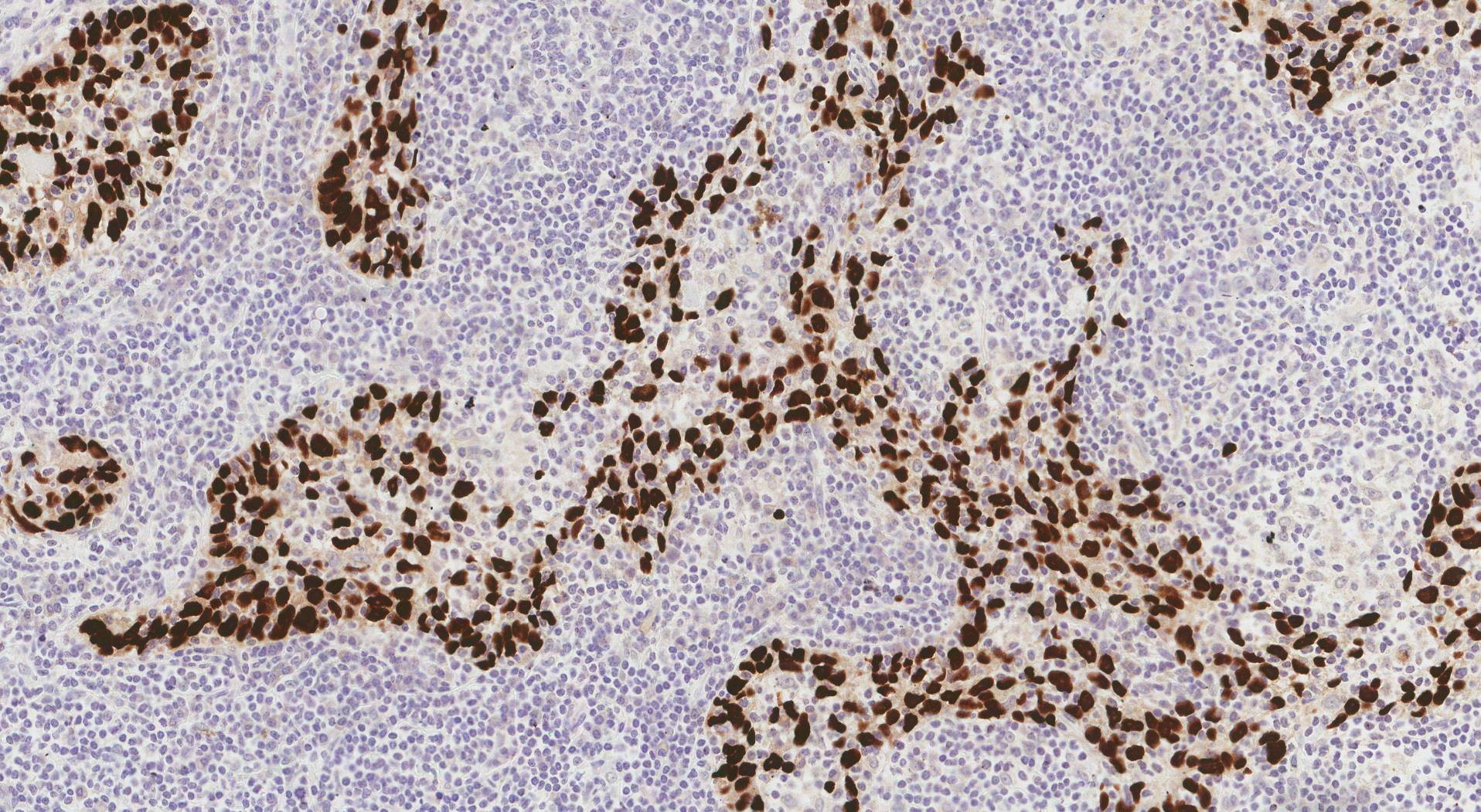Australia's Deadliest Spider Just Got a Whole Lot Bigger (and More Numerous)
Researchers have made a startling discovery that will send shivers down the spines of arachnophobes across the globe: Australia’s infamous Sydney funnel-web spider isn’t just one species—it’s three. This revelation comes after two decades of suspicion, finally confirmed through painstaking DNA analysis of specimens collected over the years, including some dating back to the early 1900s.
Meet the Newcastle Funnel-Web: The Big, Bad New Kid on the Block
The scientific community has identified three distinct species. First, there's the true Sydney funnel-web, found from the Central Coast throughout the Sydney Basin. Then there’s the southern Sydney funnel-web, prevalent in the Blue Mountains and southwestern Sydney. But the real star of this discovery is the Newcastle funnel-web, named for its habitat around the city of Newcastle. This species is significantly larger and, potentially, more venomous than its Sydney counterparts. The finding was published in the journal BMC Ecology and Evolution. This discovery is a significant moment, not only because it expands our understanding of this iconic Australian spider but also from a medical perspective.
The Role of Kane Christensen
The curiosity surrounding the Newcastle funnel-web intensified when a particularly large specimen, nicknamed “Big Boy,” was brought to the Australian Reptile Park a few years ago. Central Coast spider enthusiast Kane Christensen, who worked at the park at the time, noticed its exceptional size and alerted researchers. His pivotal contribution led to the new species being named Atrax christenseni in his honor. Christensen expressed his excitement at having a spider named after him, calling it “one of the biggest honors” he could have received. His meticulous observations of these spiders' distinguishing morphological features, combined with further genetic analysis, solidified their unique status. This contribution is a testament to the important role citizen scientists play in scientific discovery. The sheer size of these spiders was a key indicator of their distinct nature.
Venom and Antivenom: What Does This Mean for Human Safety?
Despite the discovery of three distinct species, there is good news. The existing funnel-web antivenom, which has been in use since 1981, remains effective across all three species. This means that the treatment for funnel-web bites remains unchanged. While bites from the two new species have been successfully treated in the past with the existing antivenom, scientists are still looking to determine if the venom potency differs across these three species.
Assessing Venom Potency
The size of the spider is a significant factor in the potential severity of its bite. A larger spider is more likely to inject a larger quantity of venom. However, the potency of the venom itself is another critical factor. The venom used to produce the antivenom was previously sourced from any of the three species. The question of whether the potency varies across these newly distinguished species requires further investigation. It’s a critical step in ensuring the ongoing effectiveness of the antivenom.
The Big Boy and Beyond: A Legacy of Discovery
The discovery of Atrax christenseni isn't just about identifying a new species; it highlights the ongoing need for research and close observation in the field of arachnology. The sheer size of some specimens, like “Hemsworth,” a record-breaking 9.2-centimeter-long spider, further exemplifies the uniqueness of the Newcastle funnel-web. These discoveries demonstrate that even for well-studied species, there is still much to learn. More research will enhance our understanding of these formidable spiders and our ability to ensure the safety of those living in their habitat. The discovery of Atrax christenseni is a testament to the dedication of researchers and citizen scientists, a remarkable collaboration that advances our understanding of the natural world.
The ongoing research into the venom potency of each species will ensure that the antivenom remains effective against all three. The success of this antivenom, leading to no deaths from funnel-web bites in the past 45 years, is a testament to the power of scientific advancements in saving lives. The future of understanding and managing the impact of these venomous creatures depends on ongoing scientific research and collaboration.

















